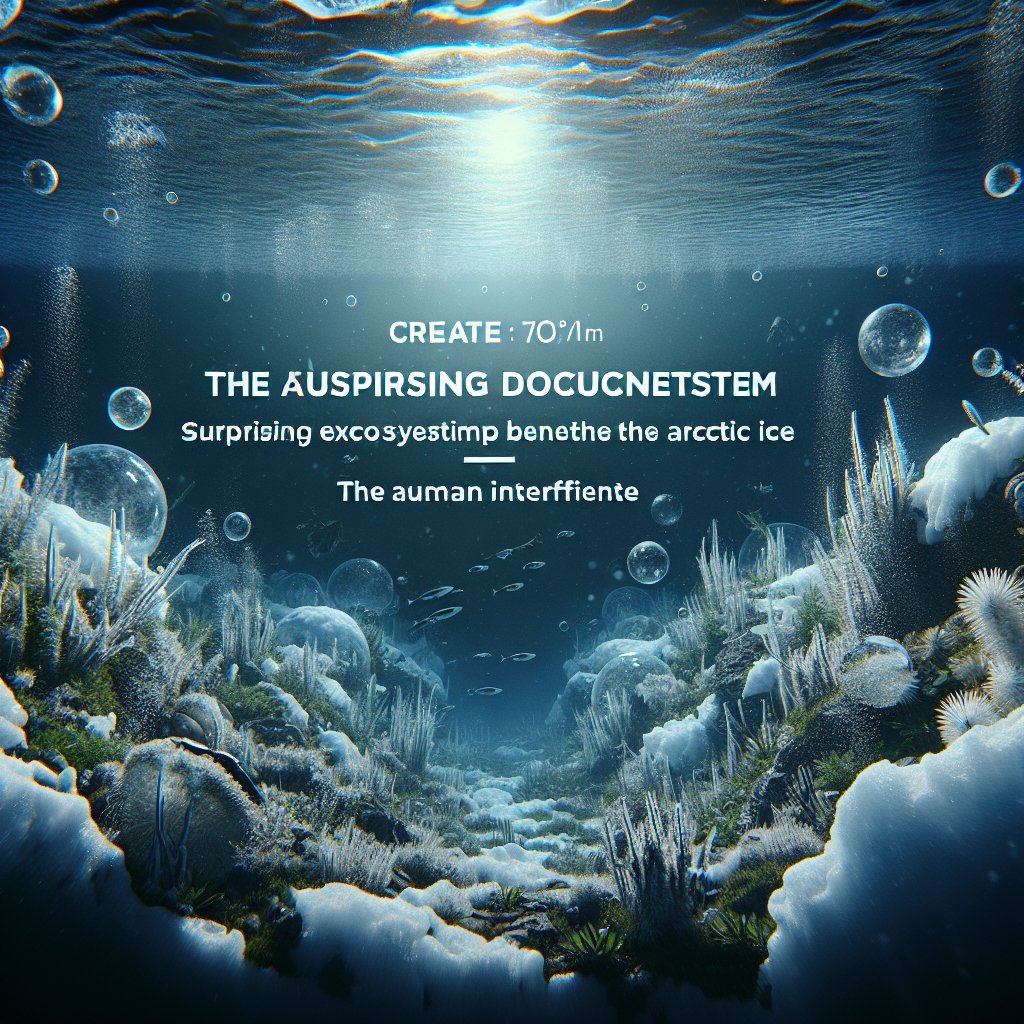From Loach to Humans: The Journey of EVA
Imagine being able to breathe through your backside. No, it’s not a party trick—it’s a potential medical breakthrough. Researchers, inspired by the humble loach fish, have been exploring the concept of enteral ventilation via anus (EVA) to treat severe respiratory conditions. The loach, a fish that thrives in low-oxygen environments, breathes through its intestines, a process researchers are now trying to replicate in mammals.
The idea seems bizarre, but it’s grounded in necessity. During the COVID-19 pandemic, ventilator shortages pushed scientists to think outside the box. The Cincinnati Children’s Hospital team, taking cues from nature, began experimenting with mice and micro-pigs, administering oxygen through the rectum. The results? Promising enough to consider EVA as a viable alternative for patients with blocked airways.
The Science Behind Butt Breathing
The process involves delivering oxygen either as a gas or a liquid directly into the intestines. This method leverages the rich network of capillaries in the intestinal walls to absorb oxygen into the bloodstream. The team used Oxycyte, a perfluorocarbon liquid initially developed as artificial blood, to test this novel approach. It sounds like the stuff of science fiction, but the experiments showed that both oxygen gas and liquid were effective in preventing respiratory failure in animals.
The science isn’t just a quirky experiment; it’s a potential lifesaver. When traditional mechanical ventilation can cause additional lung damage, EVA offers a way to allow lungs to rest and heal. The researchers are cautiously optimistic, having seen no major complications in their animal trials. The challenge now is to translate these findings into human treatments, ensuring safety and efficacy.
Human Trials: A Step Towards Medical Reality
The leap from lab animals to humans is always a significant one, but the researchers have made progress. In Japan, 27 healthy men participated in trials to test the safety of the procedure. They received doses of non-oxygenated perfluorodecalin via the anus, with the dosage gradually increasing. The results were encouraging, with only mild side effects like temporary bloating—nothing a little patience couldn’t resolve.
While the trials demonstrated the procedure’s safety, they didn’t assess its effectiveness in delivering oxygen to the bloodstream. This next step is crucial, as the potential to provide an alternative to mechanical ventilation could revolutionize treatment for severe respiratory issues. The researchers remain focused on refining the method to ensure it’s both safe and effective for human use.
The Future of Breathing: Beyond the Norm
As unconventional as it sounds, butt breathing could be a game-changer in the medical field. It challenges our understanding of how oxygen can be delivered to the body, offering a novel solution to a critical problem. The research is still in its early stages, but the potential applications are vast, especially in emergency medicine and situations where traditional methods are unavailable.
The road ahead is long, but the journey promises to be exciting. As the team continues their work, the medical community watches with interest. Who knows? In the future, we might all appreciate the ability to take a deep breath—through whichever end is necessary.
Facts Worth Knowing
- •💡 EVA, inspired by the loach fish, allows breathing through the intestines.
- •💡 The method is being explored due to ventilator shortages during the COVID-19 pandemic.
- •💡 Human trials have shown the procedure to be safe, with mild side effects.



